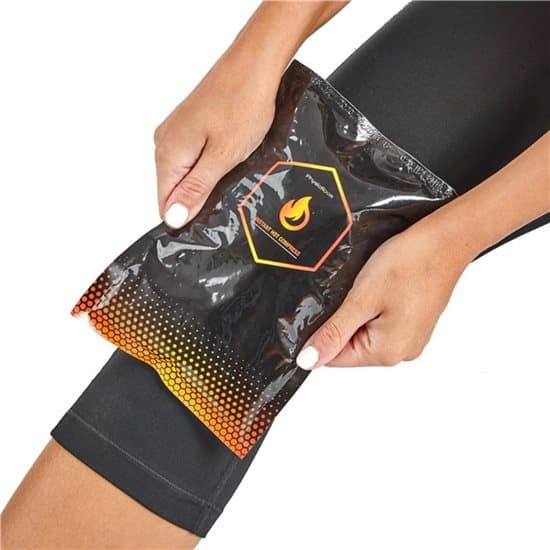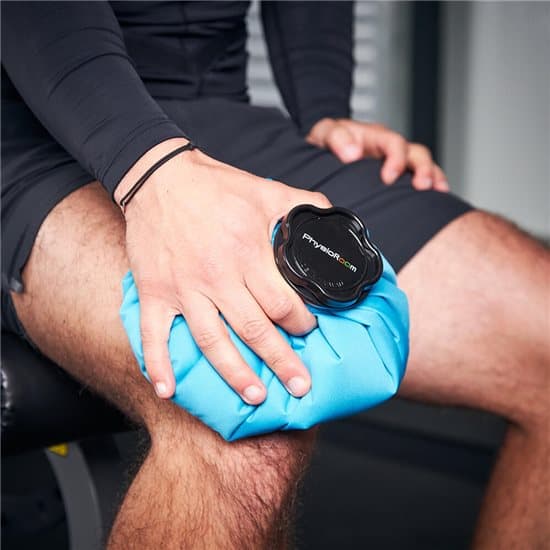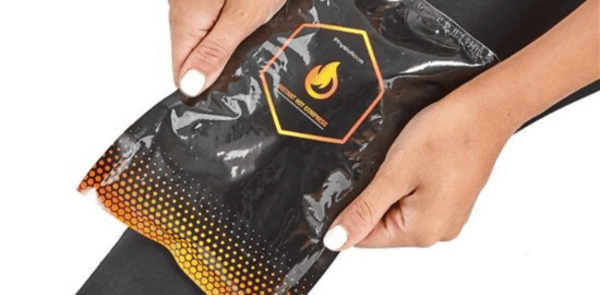When it comes to natural remedies, there exists a time-tested technique that can:
- soothe aches
- alleviate discomfort
- accelerate recovery
Enter hot & cold therapy. It harnesses the power of temperature variations to offer a soothing balm to both body and mind. Be it for sore muscle relief or accelerating recovery; it could be your at-home remedy of choice.
In this guide, we will uncover the working principle behind this ‘alternation’ session. Read on, so you can master the techniques from the comfort of your home!
Understanding Hot Cold Therapy
‘Hot to cold therapy’ operates on the principle of contrast-induced vasodilation and vasoconstriction. When you apply heat, blood vessels dilate, promoting increased blood flow to the area. It delivers essential nutrients, oxygen, and immune cells necessary for healing.
In contrast, the cold application prompts vasoconstriction. It reduces blood flow. Plus, mitigating inflammation by limiting the release of inflammatory mediators.
Alternating between hot and cold temperatures triggers a pump-like effect. The shift from heat to cold encourages the body to flush out metabolic waste and toxins. This helps further accelerate the healing process. The oscillation between increased blood supply and reduced inflammation also works wonders by:
- provide profound relief from pain
- soothe muscle tension
- support the recovery of injured tissues
Hot-cold therapy finds its place in various scenarios. These include post-workout recovery and managing acute injuries like an overstretched knee. Its versatility makes it an accessible tool to aid in relaxation and revitalisation.
Preparing for Hot-Cold Therapy
To get started, gather a few essential items to ensure a safe and effective experience. You’ll need tools such as hot water bottles and Physio ice packs, which serve as the foundation of the therapy. These can be easily found in most households or purchased inexpensively from stores.
Additionally, keep soft, clean towels handy to wrap around the hot cold therapy essentials. For one, it prevents direct skin contact and keeps the desired temperature. You may use a timer to track the duration of each hot and cold phase accurately.
Prioritise safety by sanitising your tools before each use. Also, consider a quiet, comfortable space where you can fully relax.
Next, Follow These Steps
Step 1: Warm-up

Begin by preparing a hot water bottle, a warm towel, or a hot pack. Place it gently on the target area, ensuring it’s comfortably warm but not scalding. Allow the soothing warmth to permeate the muscles. Do so to promote relaxation and improve blood flow to the region.
Step 2: Cold application

After 15-20 minutes of heat, switch to a cold pack or fill the ice pack bag. Apply it to the same area for 10-15 minutes. Cold therapy constricts blood vessels, reducing inflammation. It also provides a numbing effect that eases discomfort.
Step 3: Alternating
The alternating cycle is pivotal. This contrast prompts a pumping action in the blood vessels. It facilitates better circulation and waste removal, to add. Aim for 2-3 cycles, switching between hot and cold every 15-20 minutes and 10-15 minutes.
Step 4: Repeat as needed
For optimal results, repeat this hot-cold sequence 2-3 times. Customise the frequency based on your condition and comfort level. Pay attention to your body’s cues. If you feel excessive discomfort or numbness, adjust the timings accordingly. Always prioritise your well-being throughout the therapy session.
Tips and Precautions
Now that you know how hot and cold therapy products work, it’s time to learn how to maximise the benefits:
- Start with mild temperatures and gradually increase the contrast between hot and cold. This helps your body adapt and enhances tolerance, preventing discomfort.
- Always wrap ice and heat packs reusable in a soft cloth before applying them to your skin. This shield prevents burns from excessive heat or frostbite from direct cold exposure.
- Stick to the recommended timeframes for each phase. Prolonged exposure to extreme temperatures can harm tissues. Aim for around 15-20 minutes of heat and 10-15 minutes of cold for each cycle.
Finally, consult a healthcare professional before attempting this home therapy. This is particularly important if you have any pre-existing medical conditions. They can offer tailored advice and ensure it’s appropriate for your situation.
Have you heard about cryotherapy? It’s a form of cold therapy involving whole-body exposure to cold temperatures or using ice packs. A great example of such a product is the ankle cryo cuff.


